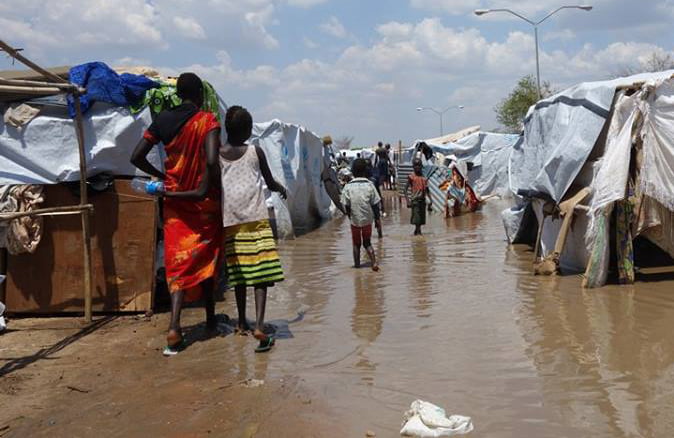Several years ago, I received a request for an interview from an academic in the United Kingdom named Martin Scott who was doing journalism-related research. He’s a professor of Media and Global Development at the University of East Anglia and had some questions about how I go about my work. My interview was one of hundreds that helped inform the new book: Humanitarian Journalists: Covering Crises from a Boundary Zone by Martin Scott, and coauthors Mel Bunce, and Kate Wright — all of whom are academics.
As Martin Scott explains, he set out researching deficiencies in how mainstream outlets cover crises around the world. But in the process, he and his co-authors discovered that there are a small number of professional journalists who are charting a very different course. The book explicitly cites my work, as well as that of a few others journalists and outlets, who do what they identify as “humanitarian journalism.”
In this book, we show that there are a small but influential number of humanitarian journalists who defy many conventional journalistic norms. These humanitarian journalists work largely for specialist international news outlets such as Devex, HumAngle, India Blooms, Inter Press Service, Just Earth News, SciDev.Net, The New Humanitarian (formerly IRIN) and UN Dispatch.
In contrast to more conventional journalists, their professional practices are informed by hybrid combinations of journalistic and humanitarian principles. For example, their strong adherence to the humanitarian norm of ‘moral equivalence’ – the idea that all lives have equal worth – means that they continue to cover humanitarian crises even when these do not correspond with conventional news values…But reporting under-reported crises is not the only way humanitarian journalists’ professional practices differ from conventional journalism. We also show that the format of and sourcing practices within their coverage is distinct.
…
We also argue that humanitarian journalists help to challenge some of our longstanding assumptions about news coverage of humanitarian affairs. They demonstrate that the episodic, simplistic and selective nature of much news coverage of humanitarian crises is not inevitable. There is nothing intrinsically ‘un-newsworthy’ about humanitarian crises like those currently occurring in South Sudan, Somalia and Yemen.
It has always seemed intuitively important to me to cover stories that other outlets tend to ignore — and to do so in a way that offers my audience nuance and context often lacking in mainstream news. But in all these years, I never thought that I was helping to pioneer a new form of journalism.
Reading this book was really revelatory for me, personally. It explained back to me the kind of work I’ve been doing with this podcast for the last decade, and with UN Dispatch and my other writing for the ten years prior. To be sure, not all of my work neatly falls into the category of humanitarian journalism — there are now over 900(!) episodes of the podcast on a variety of topics. But I’m certainly proud that a substantial part of my body of work is contributing to an emerging field of journalism.
Going forward, I definitely intend on leaning into the monicker “humanitarian journalist” and truly hope it becomes widely adopted throughout media.
Please take time time to listen to my conversation with Martin Scott about the theory and practice of humanitarian journalism.
